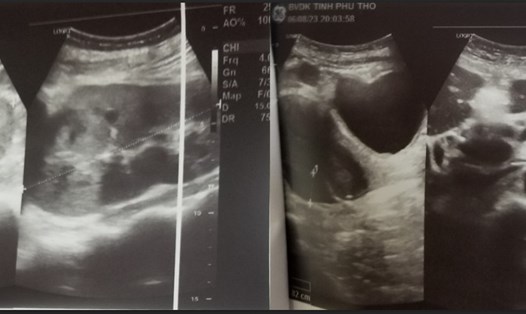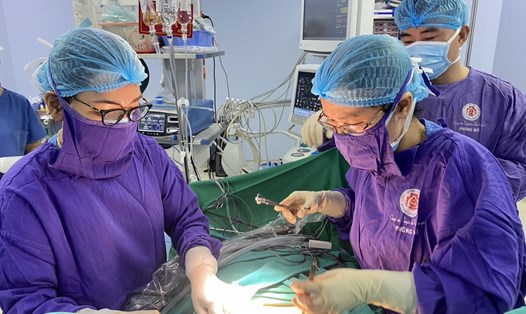What is excess intestinal inflammation?
The excess intestine is a small, thin, finger-shaped tube that connects to the front of the large intestine. When blocked - usually due to stools, bacteria, or foreign objects - excess intestines can become inflamed, swollen, and lumpy. If left untreated, excess intestines can rupture, causing a widespread infection in the abdomen (ber Fedritis) or a sepsis (hemorrhagic infection), both of which can be life-threatening, according to Only My Health.
Can children have excess gut inflammation?
Although not common in adults, children can still have excess gut inflammation and this condition cannot be ruled out for any age, including infants. According to Dr. Shandip Kumar Sinha, Director of Pediatric Surgery and Pediatric Urinology at Medanta Hospital - The Medicity (Gurugram, India), excess enteroitis can occur at any age, even in very young children.
According to statistics in the United States, about 70,000 children are diagnosed with excess gut inflammation each year, usually between the ages of 10 and 18. This is also one of the leading causes of emergency abdominal surgery in children.
Signs of excess intestinal inflammation in children
One of the most typical symptoms is lower right abdominal pain. The pain often begins around the navel, then gradually spreads to the lower right abdomen. Children can:
Severe abdominal pain, not reduced when resting
pain increases when walking, coughing or dancing
Discomfort, crying
Other symptoms may include:
Nausea and vomiting
Fatigue
Mild fever or high fever
Cold prison
Constipation or diarrhea
constipation, especially in young children
Unusually irritated
Factors that increase the risk of excess intestinal inflammation in children
According to Dr. Shoibalini Karmokar - General practitioner and Founder of Ascesco, two factors that can increase the risk of excess enteritis in children include:
Family history of someone who has suffered from the disease.
Fibromyalgia - a genetic disorder that affects the function of the lungs, pancreas and other organs.
There are currently no specific precautions for excess gut inflammation.
Dangerous complications if not treated promptly
If not intervened promptly, excess intestines may:
Breaking (excess intestines).
Causes peritoneal inflammation - infection of the entire abdomen.
Causes sepsis - infection that spreads into the blood, threatening life.
Especially in children under 5 years old, excess gut inflammation can rupture within 24 hours of the first symptom. Therefore, delays in diagnosis and treatment are very dangerous.
Diagnosis and treatment of excess enterocolitis in children
Diagnosis
To diagnose excess gut inflammation, the doctor will:
Examining the abdomen and asking for details about the child's symptoms.
Directing tests, including:
Blood tests to check for signs of infection.
Urin testing to rule out urinary tract disease.
ultrasound, X-ray or CT scan to observe excess intestines and accurately determine the condition.
Treatment
Mild cases: Antibiotics may be used for treatment.
Severe cases or at risk of excess intestinal rupture: Surgery is needed to remove the excess intestines - this is a safe and widely applied method.










